One of the reasons is that we have the 304 stainless steel yield strength test machine in a fully equipped laboratory. In addition, for each batch of stainless steel strips produced, we will take samples and send them for inspection. The laboratory has a hardness tester that can test 304 stainless steel yield strength. If you have any questions about stainless steel yield strength
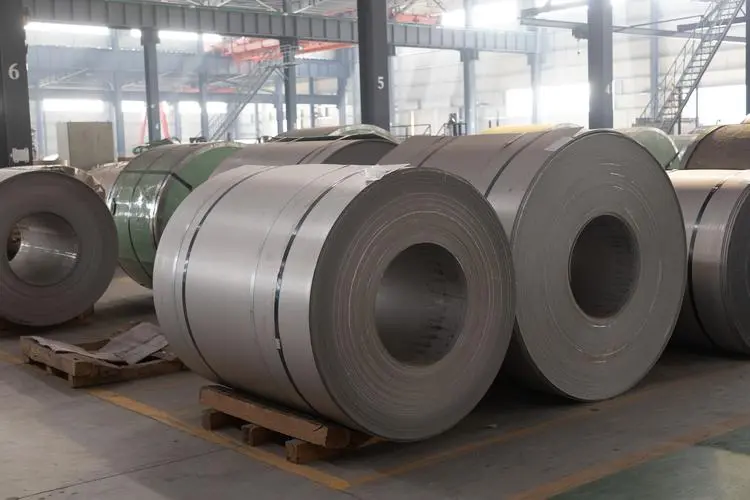
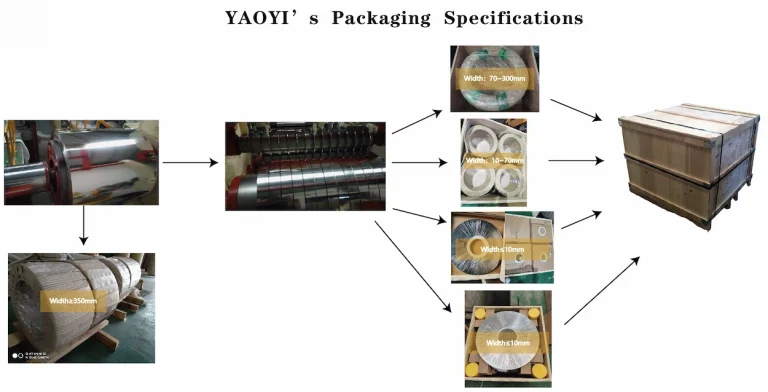
The yield strength of 304 stainless steel is the maximum stress in applying to the material before it permanently changes shape. Moreover, this is a near approximation to the elastic limit of steel. If metal is in stress but not yet at the yield stage, it can revert to its original shape until the stress is no longer apparent. If the stresses exceed the yield cap, the steel would be unable to recover. The yield strength of 304 stainless steel is an important number to know when designing components since it represents the highest load that can be safely in application to the metal.
Furthermore, the yield strength of 304 stainless steel determines whether an item is rigid or malleable. It’s the point at which an object stops becoming elastic and begins to become plastic. Besides, the yield strength of 304 stainless steel helps us choose appropriate construction materials based on the specifications. Metals are difficult to mold into odd forms, so the objects we admire are normally from something as basic as plastic.
The yield strength is widely in use to measure the highest allowable load in a mechanical component since it represents the upper limit to forces that can be in practice without causing permanent deformation.
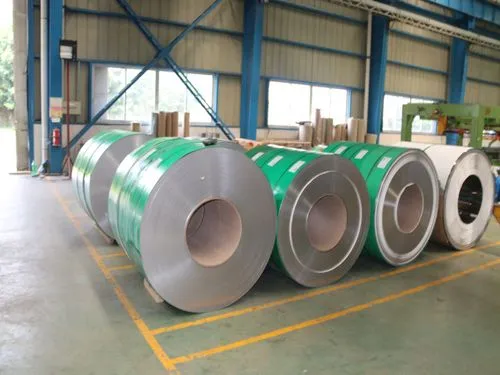
Each material has its stress-strain curve, which helps us decide which applications it is ideal. Different transition points occur on each material curve.
As a result, the yield point is the point at which a material changes from being elastic to being plastic.
Furthermore, the yield strength of 304 stainless steel is the degree of stress under which the material transitions from elastic to plastic.
The yield strength of 304 stainless steel is a constant that defines the absolute limit of elastic action.
Also, Metals and other ductile materials have higher 304 stainless steel yield strengths than plastics. Consequently, the 304 stainless steel yield strength of 304 stainless steel is 520.
Whereas, 304 stainless steel alloy annealed is 415 (60), the alloy tempered is 1650 (240), while the cold-rolled is 1210 (177) in its minimum amount.
By adding impurities to a material’s yield power, it can be stronger. Since impurities fill the voids created by crystalline dislocations, the material becomes more tolerant to deformations as its density increases.
Furthermore, 304 stainless steel yield strength testing involves pulling a small sample with a given cross-section area with a regulated, growing force until it changes shape or breaks. Mechanical or optical extensometers are in use to measure longitudinal and/or transverse strain.
Furthermore, most steels’ indentation hardness correlates roughly linearly with tensile strength, but tests on one material cannot be in use to measure strengths on another.
Further hardness testing may be a less costly alternative to tensile testing, with local variations. Tension testing, on the other hand, is used to eliminate doubt in delicate situations..
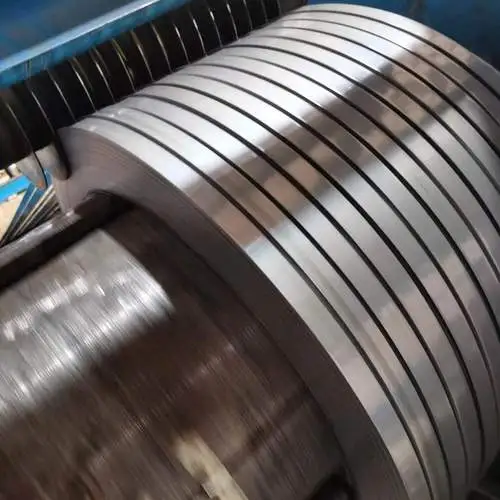
y * a = s
In the stress area of the particular diameter, multiply the minimum yield by the ASTM grade psi. This
formula allows to establish the ultimate strength of 304 stainless steel of that size and grade of the bolt:
12,024 lbs = 36,000 psi * 0.334 in2
This is the F1554 grade 36 standard. A 3/4-inch grade F1554 anchor rod, i.e., 12,024 pounds of strength, can withstand without any fracture and without breaking.
Then, yield intensity is present in terms of N/m2 or pascals. A tensile test is in use to assess a material’s yield power. The test results are in the plot on a stress stretch curve. The strength of a material in stainless steel 304 is the stress under which a curve of stress distinguishes from proportionality.
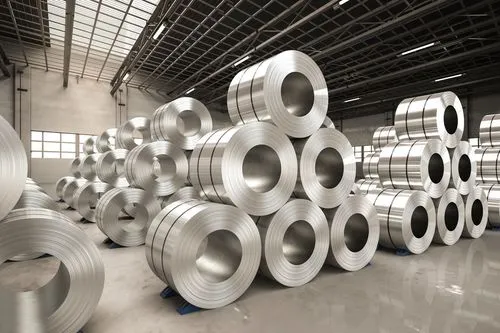
This is the least amount of stress needed for dislocations to travel. Dislocation is difficult to detect because dislocation is at very low tension;
Stress is proportional to stress so that the stress-strain is a straight line with the gradient equal to the material elastic modulus.
The elastic limit exceeds the normality and causes permanent deformation. As a consequence, the elastic limit is the stress level at which permanent deformation should be measure. This requires manual loading and unloading, whose precision depends heavily on the equipment being in use and the capabilities of the operator. Elastomers, for example, rubber, have a significantly higher elastic limit than the proportionality limit. The plastic strain starts at very low stresses, according to precise strain measurements.
The point on the curve where the curve flats out and plastic deformation begins.
When it is difficult to determine an output point because of the form of the stress-stream curve, a compensated output point is arbitrarily specified. The common value for this is 0.1 percent or 0.2 percent plastic pressure. Since high-strength steel and aluminum alloys don’t have a yield point, this offset yield point is in use.
Mild steel approaches a high point of output until it sinks quickly into a low point of output. The material response is linear until the highest yield point is approached, but in structural engineering, the lowest yield point is in use as a conservative value. These strips can form only if a metal stresses the upper output point.
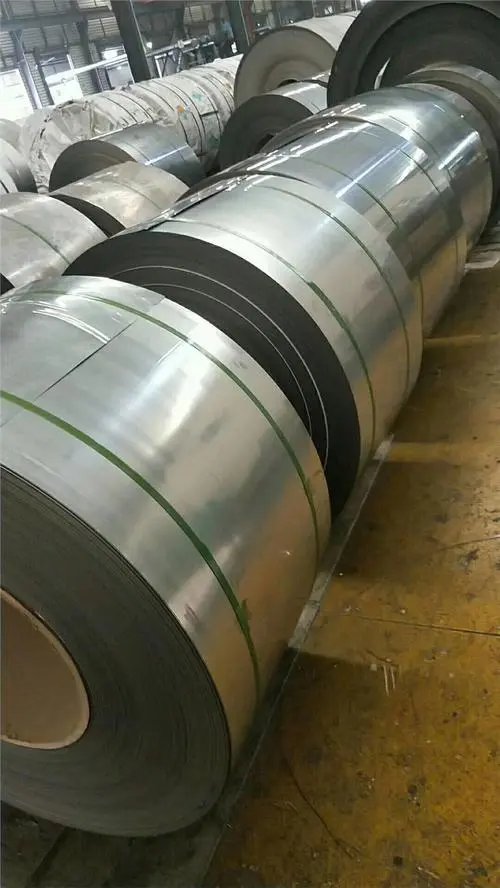
Solid yield stress is a point when the solid starts to have a liquid-like behavior with constant distortion as the applied stress increases. This should be believed to be the first time solid action comes into being when the stress is minimized — no continuing deformation. The literature investigated whether there are real yield stress fluids and whether this is beneficial. This is mostly because of the difficulty of experimental evaluations of the yield stress.
Once the yield point is at its highest level, however, any deformation is permanent and irreversible. When designing a component, knowing the yield point is essential since it typically denotes the maximum load that can be in the application.
Thus, well define-yield region does not exist for all materials. If there isn’t a distinct yield point, a.2% offset is in use to estimate the yield point. Before the yield point, all deformation is uniform in the material’s narrow field.
Moreover, major yield stress can give a fluid a variety of qualities that may or may not be desirable. Under the relatively low stresses caused by gravity, yield stress can also impede flow, giving sag and slump resistance to products like adhesives, plaster, thick-film inks, melted chocolate, paint, and fire-retardant coatings. The existence of yield stress in certain products is undesirable, resulting in dosing issues in gravity-feed systems or an accumulation of residue on the sides of inverted bottles.
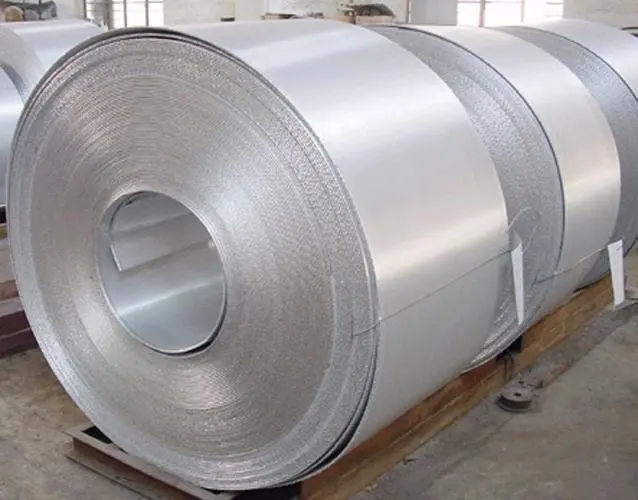
The stress value at yield indicates the elastic limit(plastic transition) and provides the basis for design (fracture control), in particular for fragile materials. Tensile resistance is an intrinsic value (for structural construction) resulting from the highest stress and a certain safety factor that is not considered for architecture based on fracture.
If the yield strength increases, the stress may be support by a metal without deformation. Alternatively, a narrower cross-section of metal must support a certain load without deforming as the output stress increases. With increased tensile strength, metal stress will increase without cracking or fracturing. And as the hardness of fractures increases, the energy needed to allow a crack to split increases. The low tightness of the crack is equivalent to low ductility.
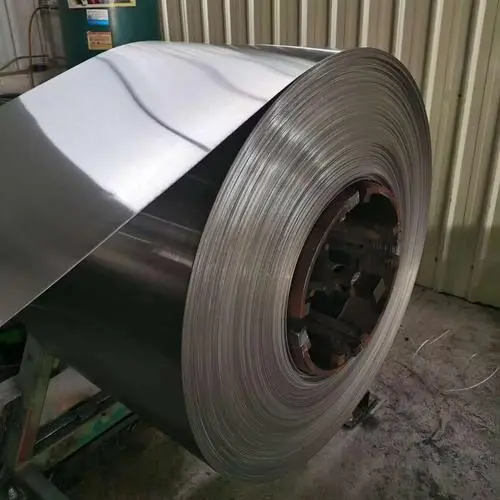
The Tensile strength, after the steel yield, due to the internal grain rearrangement, the capacity for deformation resistance has been upgraded to a certain degree, but at this point, it is just increasing stress and must place the optimum strength. Since that time, the sample cross-section shrinking becomes a necking phenomenon before fraction loss, and the steel has considerably less resistance to deformation. Furthermore, the massive plastic deformation is at its weakest stage.
The Yield strength, as the deformation increases more quickly than elastic stress, produces some plastic deformation and elastic deformation at this moment. This effect is referred to as a yield when the stress comes closer to point B; plastic pressure increases constantly. The curves have a small fluctuation platform. The first phase of maximum and lowest stress is the yield and lower yield. The lowest yield point value is relatively constant, and the material resistance index is called the yield point or the yield intensity.
The distinction is the stress under which the material specimen is permanently deformed at a certain value (for example, 0.2 percent) of their original length during deformation during the tensile strength, whereas the stress of a material specimen is the highest stress before cracking due to the tensile force.
The properties of a substance are both tensile and yield strength. For a single material, the yield strength is constant. Also, the yield strength is a restricting strength after which the material is deformed by plastic, which is the absolute limit before the material is elastically comported. For a given substance, traction strength is often a constant. It is the highest stress a material can endure under tensile loading without loss. For tensile as well as compressive packing, yield strength is normal.
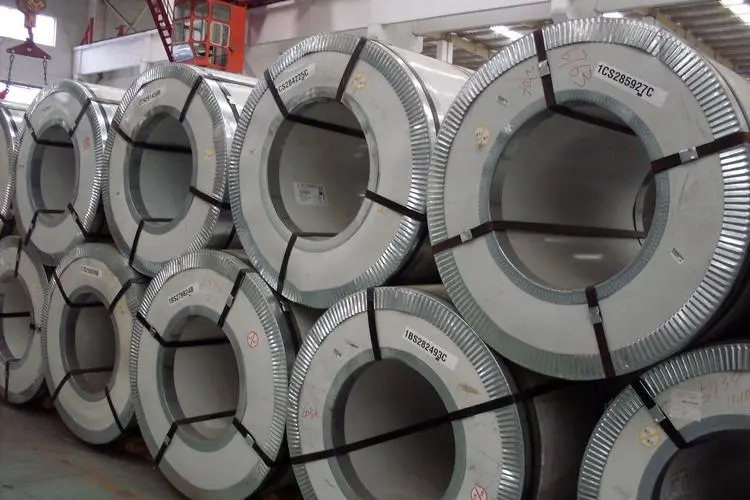
Detailed material properties for 304 stainless steel can often be found in technical data sheets provided by the manufacturer or supplier. These data sheets usually include information on mechanical, physical, and thermal properties, as well as corrosion resistance. You can also refer to the American Society for Testing and Materials (ASTM) standards, which provide comprehensive data on stainless steel properties.
Yield strength is a critical property for materials that will be subjected to mechanical stress. It indicates the maximum stress that a material can withstand without undergoing permanent deformation. When selecting a material for a particular application, it’s essential to ensure that its yield strength is sufficient for the stresses it will face in its intended use.
The hardness of 304 stainless steel is typically measured on the Brinell or Rockwell B scales, not the Rockwell C (HRC) scale, which is used for harder materials like tool steels. On the Rockwell B scale, 304 stainless steel typically has a hardness of around 70-80 HRB.
The yield strength of stainless steel can be increased through processes such as work hardening, which involves deforming the material to increase its dislocation density and thus strengthen it. Another method is through heat treatment, such as quenching and tempering, but this is not typically used for 304 stainless steel as it is not heat-treatable in the same way as some other types of stainless steel.
Remember that when considering a material for a specific application, you should evaluate all of its properties, not just yield strength. Factors such as corrosion resistance, ease of fabrication, and cost are often just as important in determining the best material for a particular job.